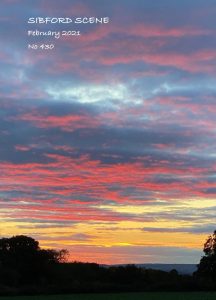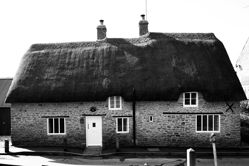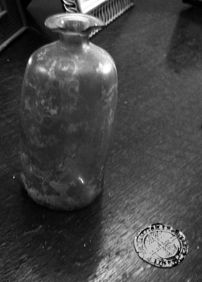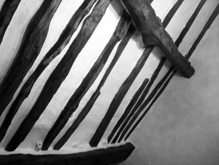400 years on
A personal note from Hugh Pidgeon, Chairman of the Gower Parish Council
I was fascinated to read the account in the wonderfully engaging and just recently re-issued account of life in the Sibfords From the Romans to Rock-n-Roll, of the dispute that broke out in 1891, some 25 years after the village school had been re-built on the same site as the original 1625 site of its foundation.
It seems it came to a head between the then vicar of Sibford, the ubiquitous Rev. Stevens – who insisted that the school was a church foundation – and a motley grouping of dissenters who held a meeting in a barn adjoining the then Bishop Blaize and put their signatures to a resolution of protest to the Charity Commissioners of the time. “The battle waged hotly”, but the school’s origins in the entirely non-sectarian Town Estates Charity were finally upheld.
Listed among the dissenters was “an array of long-established Sibford names” [see p.17], many of them well known in the village to this day, and most with a long-standing farming history stretching back to the time when the Charity was established over 400 years ago.
Tim Huckvale, thank you so much for reviving this! It is a fascinating read. It was published originally in 1960 by the then Sibford & District Local History Committee for the Village Hall Committee of the time.
It reminded me again of how deep-rooted and resilient a community we are privileged to live in. And it was this that prompted me to respond recently to an enquiry of someone who had just moved into the Ferris and was asking on the local ‘NextDoor’ website whether anyone had any recommendations for a good local primary school.
I wrote a reply hoping she would consider our own village primary school – which I feel strongly is still at the very heart of our community, 400 years on – and is its future. I was greatly heartened by the rush of supportive responses that followed.
Against the odds, I see that the Horti society is planning their meeting on Practical Propagation on the 14th April “on line if still necessary”, but in hope of it being in the Village Hall. The newly established Village Hall Committee themselves are weighing up the odds. I do so hope as you are reading this at the beginning of February we are at least edging our way to that being a possibility. And that all those activities of the community that have been held in abeyance for so long might once again flourish for all to see!



